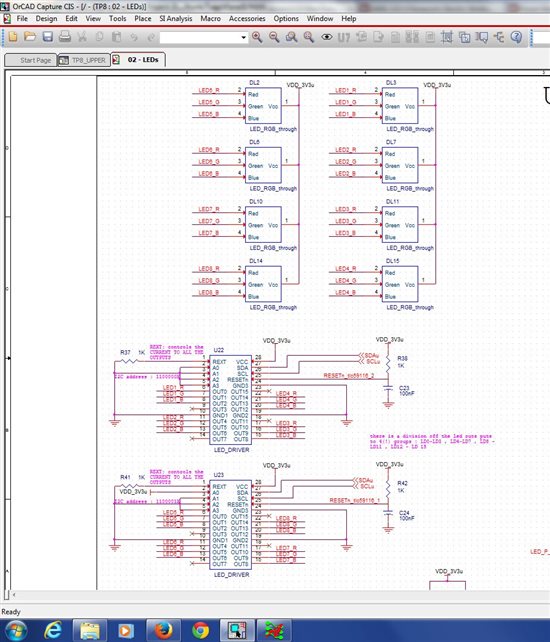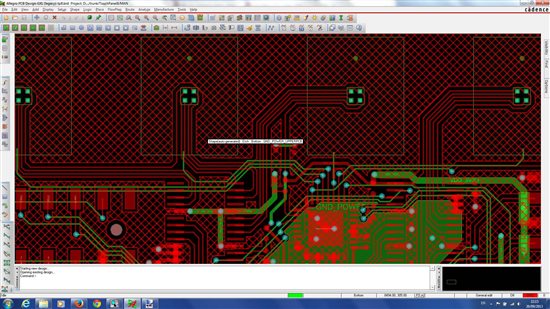I want to know if the tlc59116 have a maximum of 100 mA for each OUTPUT of 100 mA for all OUTPUT.
I use 14 output lines with 20 mA leds
How I can calculate the disipate power in the Rext
Thank you! Sorry for my english
Alexandre Marcotte
Student at the University Of Sherbrooke



